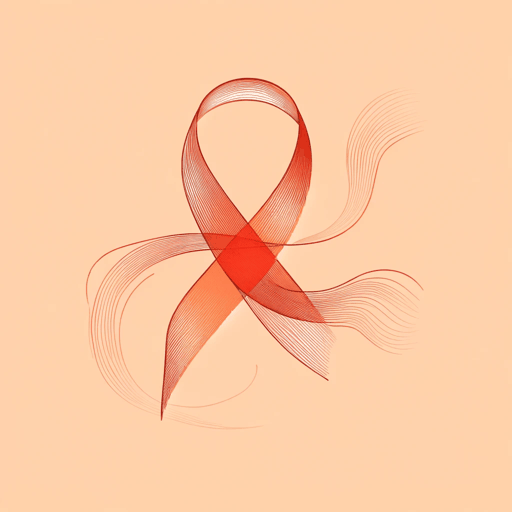32 pages • 1 hour read
Susan SontagRegarding the Pain of Others
Nonfiction | Essay / Speech | Adult | Published in 2003A modern alternative to SparkNotes and CliffsNotes, SuperSummary offers high-quality Study Guides with detailed chapter summaries and analysis of major themes, characters, and more.
Chapters 7-9Chapter Summaries & Analyses
Chapter 7 Summary
Here, Sontag productively takes issue with two of her own ideas about the impact of photography proffered thirty years earlier. The first is that the media selects which crises will receive focus in the public eye and assigns relative value to them. In particular, it is photographs, at least those designated to be shown, that make a war “real” (104).
The second idea is that, conversely, an over-saturation with images tends to numb our sympathy. Sontag now questions whether it’s actually true that, due to its bombardment of media images, “our culture of spectatorship neutralizes the moral force of photographs of atrocities” (105).
This question turns to television and the nature of the attention it is designed to arouse—light, intermittent, indifferent, and overall, unstable. The medium allows for neither intense engagement nor reflection. In 1800, Wordsworth wrote that the overstimulation of hourly news “blunted the mind,” and in 1860, Baudelaire referred to the newspaper as a “tissue of horrors” including wars, torture, and “an orgy of universal atrocity” (107).
There were no images with the news then, but it laid the groundwork for what Sontag, in her book, On Photography, called “an ecology of images” (108). Now she feels this rationing of horror is not going to happen.
Related Titles
By Susan Sontag





